Key Takeaways
- A high-sugar diet, or eating sugar too close to bedtime, can make it hard to get good sleep.
- Eating sweets earlier in the day, pairing them with protein or fiber, and taking a short walk after meals can help stabilize glucose levels and improve sleep quality.
- With Signos, you can track your unique glucose responses to sugar and learn how timing, meal composition, and sleep habits impact your metabolism and energy.
that {{mid-cta}}
From Halloween through the holidays, there’s no shortage of sweets: leftover treats in the office, gift boxes from friends, and desserts at every celebration. And while a few pieces of candy here and there aren’t a dealbreaker for your health, paying attention to when and how you enjoy them can make a real difference for your sleep.
Sugar’s role in how soundly you rest doesn’t get enough attention. The same glucose swings that give you an energy boost can also nudge your body out of its natural circadian rhythm. That doesn’t mean you need to skip dessert or avoid that Reese's Pumpkin; it just means you can make choices that support better recovery and deeper sleep. When you understand how your eating habits affect your sleep cycles, you can enjoy your food mindfully, feel your best the next day, and keep your metabolism working for you rather than against you.
How Sugar Affects Your Sleep Cycle
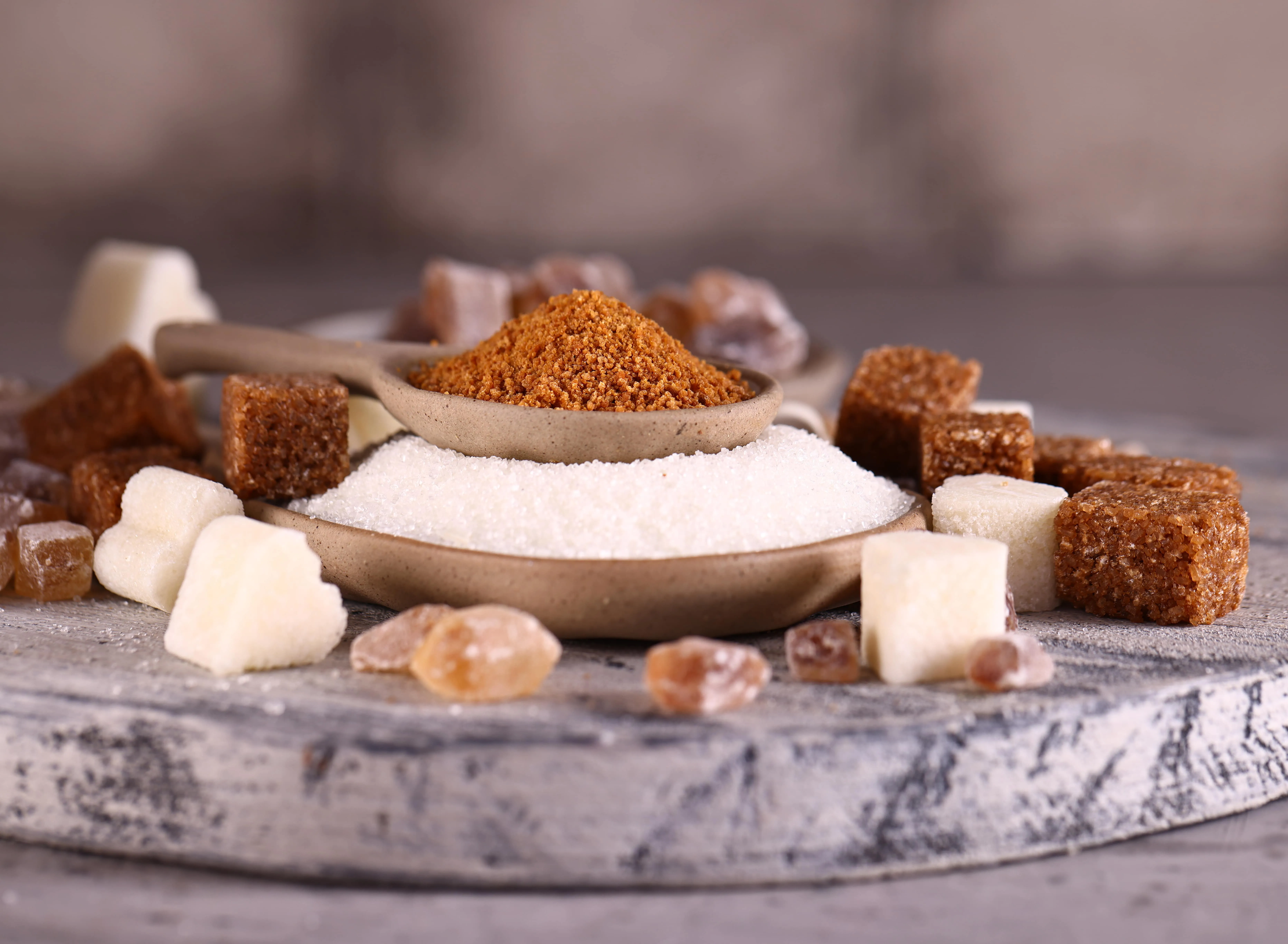
When you eat foods high in added sugar, like candy or sugar-sweetened beverages, your blood glucose rises. Your body releases insulin to help move that glucose into your cells for energy. This is completely normal, but when glucose levels rise sharply, especially close to bedtime, it can shift hormones that help regulate sleep. Research suggests that a high-sugar diet is linked with lighter, less restorative sleep and short sleep duration.1
Here’s why that might happen:
- Late-night sugar intake can raise cortisol and delay melatonin production. When glucose levels spike at night, cortisol (one of the body’s alerting hormones) may stay higher for longer, delaying the natural rise in melatonin that signals sleep readiness.2
- Insulin and glucose fluctuations can fragment REM. Sharp rises and dips in blood sugar can make it harder for your body to stay in deeper, more restorative stages of sleep, including REM, the phase when memory consolidation and emotional regulation occur.2
- If blood sugar drops during the night, causing hypoglycemia, small amounts of cortisol or adrenaline are released to bring levels back up, which can cause you to wake up and make sleep restless.2
Over time, these disruptions can have a ripple effect. Poor sleep quality influences appetite hormones like ghrelin and leptin, which can increase cravings and caloric intake the next day.3 But don’t worry; you have the power to adjust when and how you enjoy sweets to support both your metabolic health and your sleep quality.
Why Candy Season Hits Harder
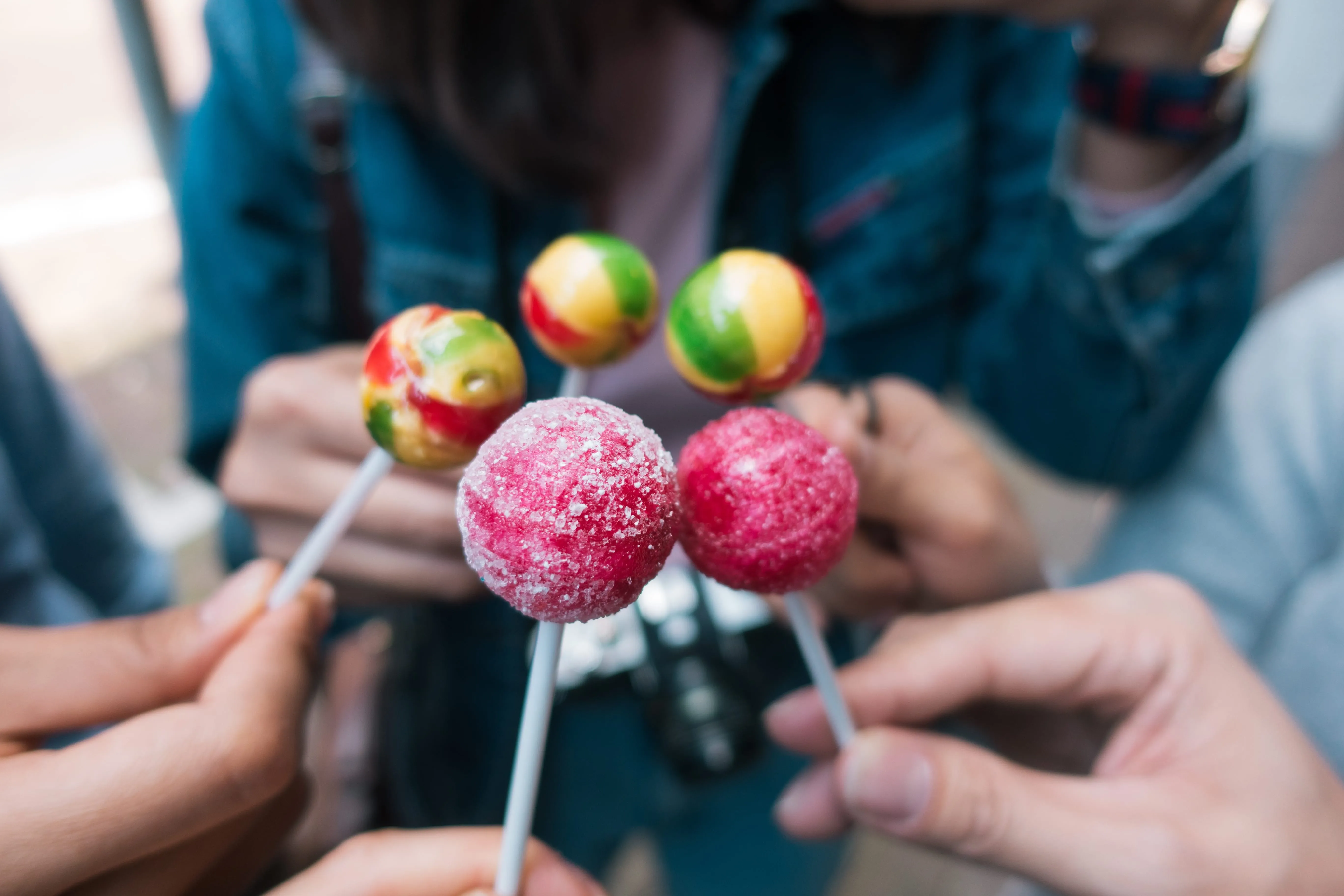
Sleep challenges tend to surface more often during fall and winter, not just because of stress or busier schedules, but because of how and when sugar shows up this time of year. Research suggests that during the holiday season, people tend to eat more frequently and later in the day, which can amplify sugar’s effects on glucose and sleep rhythms.4
1. Frequent small spikes
Candy is everywhere during the holiday season, which means it's easy to grab a piece every time you pass the candy bowl. It's this constant grazing that keeps glucose slightly elevated, which can later interfere with sleep. Stable glucose levels support healthy hormones, including melatonin production in the evening.
2. Evening sweets have amplified effects
At night, insulin sensitivity naturally decreases while melatonin levels rise. Eating sugar late in the evening can create a larger glucose spike than the same treat would have earlier in the day. That means that eating sweets at 9 p.m. might make it harder to fall asleep than at 2 p.m.
3. Sleep loss drives cravings
When you’re tired, your brain seeks quick energy, and sugar delivers it fast. Sleep deprivation increases activity in reward centers while reducing impulse control.3 It’s a perfectly normal biological response, but it also creates a loop: less sleep → more sugar → less sleep.
The Metabolic Playbook: Balancing Indulgence and Sleep
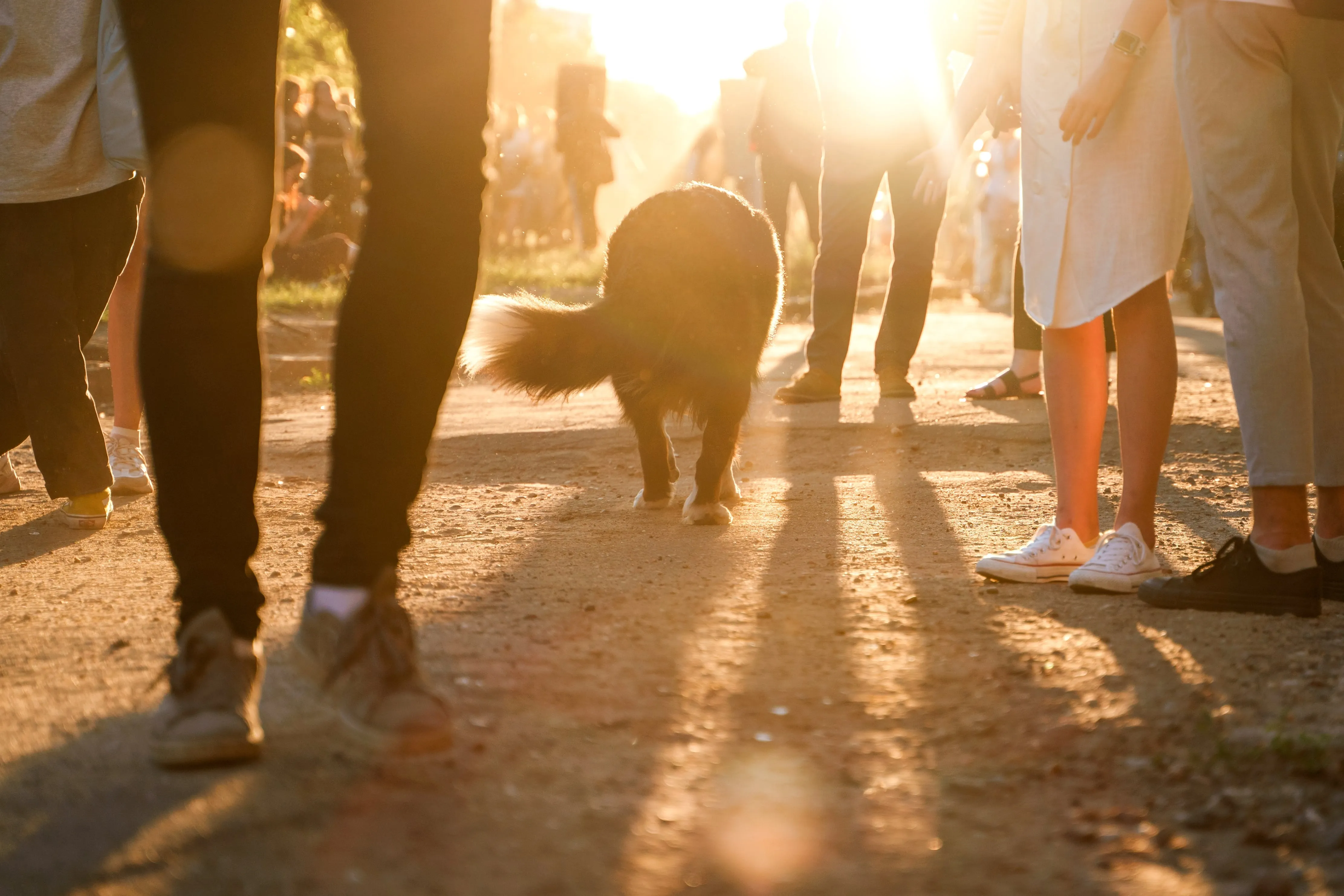
You don’t need to give up candy or sweets entirely to get better sleep. With a few simple strategies, you can balance enjoyment and recovery, keeping glucose steady, hormones in sync, and your body primed for rest.
1. Time it earlier
Your body is most efficient at processing sugar earlier in the day when insulin sensitivity is higher. Try to enjoy sweet treats earlier: perhaps after lunch or as part of an afternoon snack, rather than right before bed.
2. Balance candy with nutrient-rich foods
Eating sweets with protein, fiber, or healthy fats slows digestion and helps blunt sharp glucose spikes. Try having a few nuts with chocolate, yogurt with fruit, or a cookie after a balanced meal. Balanced snacks support balanced glucose levels and can lead to more restful sleep later at night.
3. Move your body
A short walk after eating helps muscles absorb glucose from the bloodstream, reducing post-meal spikes.5 Just 10 to 15 minutes of light walking in the evening can make a difference in the way your body metabolizes glucose and how well you sleep.
4. Wind down before bed
If you’ve had sugar close to bedtime, focus on helping your body wind down. Try dimming the lights, avoiding screens, gentle stretching, or sipping chamomile tea to signal to your body and brain that it's time to rest.
Using Signos to Track the Sugar-Sleep Connection
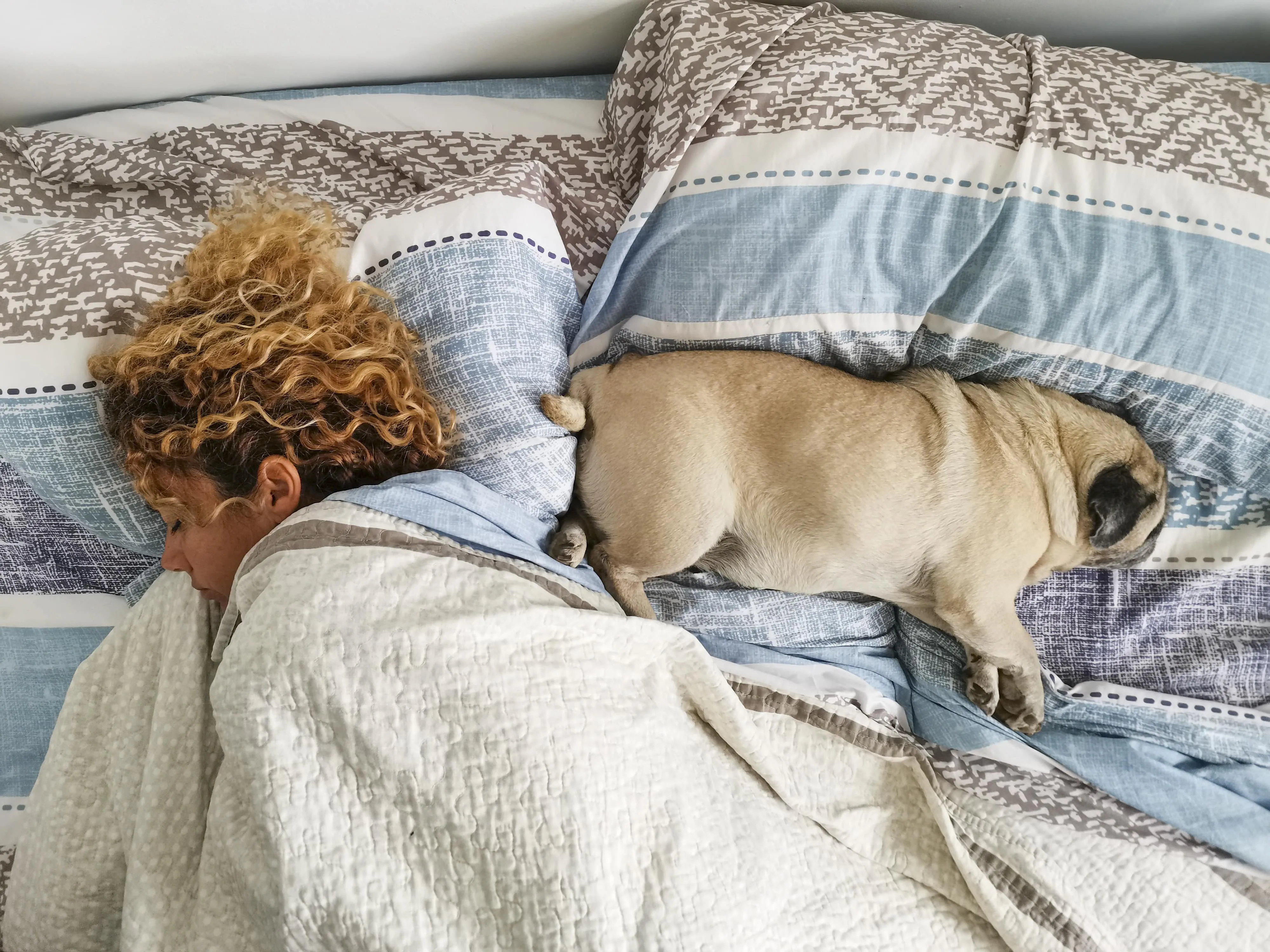
Everyone’s response to sugar looks a little different. What keeps one person up might not affect you at all—and that’s where Signos can help you to learn your unique patterns.
With a continuous glucose monitor (CGM) synced to the Signos app, you can track your blood sugar levels after eating candy or dessert and notice how that affects your sleep quality. You might notice that consuming sweets earlier in the day results in a steady overnight curve, whereas sugar enjoyed right before bed causes a small spike (or even a dip) in the middle of the night.
Signos allows you to observe these trends and:
- Find your personal “sweet spot.” Determine which timing and portion sizes help you sleep best.
- Experiment with pairings. Compare glucose responses after having candy alone versus after a balanced meal.
- Adjust your evening routine. Use data insights to determine when to stop eating before bed and which habits help your glucose return to baseline the fastest.
Over time, you’ll gain a clearer picture of how different foods, meal timing, and sleep affect glucose. These small insights can translate into big benefits (more stable energy, better recovery, and deeper rest) all without giving up the foods you love.
The Bottom Line
Sugar doesn’t just influence energy; it also interacts with hormones and sleep cycles that regulate recovery, mood, and cravings. Maintaining good sleep health can reduce the risk of type 2 diabetes and heart disease.
When you enjoy sweets earlier in the day, pair them with protein or fiber, add in a bit of post-meal movement, and wind down with a calming bedtime routine, you can enjoy the holiday season’s flavors and protect your sleep. With Signos, you can see firsthand how your body responds to sugar and use that information to personalize your habits for steadier glucose and better rest.
Learn More With Signos’ Expert Advice
With Signos, take the guesswork out of snacking and see how different foods and patterns affect your glucose. Use a glucose monitor (CGM) to track how your food choices affect your glucose levels, then create a personalized strategy for smarter, more productive snacking.
Signos’ blog offers expert advice and actionable tips to help you savor the holiday season's flavors without the glucose swings. Learn more about how Signos can improve overall health.
Topics discussed in this article:
References
- Zhao Y, Guo H. The relationship between carbohydrate intake and sleep patterns. Front Nutr. 2024;11:1491999. doi:10.3389/fnut.2024.1491999
- Mantantzis K, Campos V, Darimont C, Martin FP. Effects of Dietary Carbohydrate Profile on Nocturnal Metabolism, Sleep, and Wellbeing: A Review. Front Public Health. 2022;10:931781.doi:10.3389/fpubh.2022.931781
- Liu S, Wang X, Zheng Q, Gao L, Sun Q. Sleep Deprivation and Central Appetite Regulation. Nutrients. 2022;14(24):5196. doi:10.3390/nu14245196
- Bhutani S, Wells N, Finlayson G, Schoeller DA. Change in eating pattern as a contributor to energy intake and weight gain during the winter holiday period in obese adults. Int J Obes (Lond). 2020;44(7):1586-1595. doi:10.1038/s41366-020-0562-2
- Engeroff T, Groneberg DA, Wilke J. After Dinner Rest a While, After Supper Walk a Mile? A Systematic Review with Meta-analysis on the Acute Postprandial Glycemic Response to Exercise Before and After Meal Ingestion in Healthy Subjects and Patients with Impaired Glucose Tolerance. Sports Med. 2023;53(4):849-869. doi:10.1007/s40279-022-01808-7


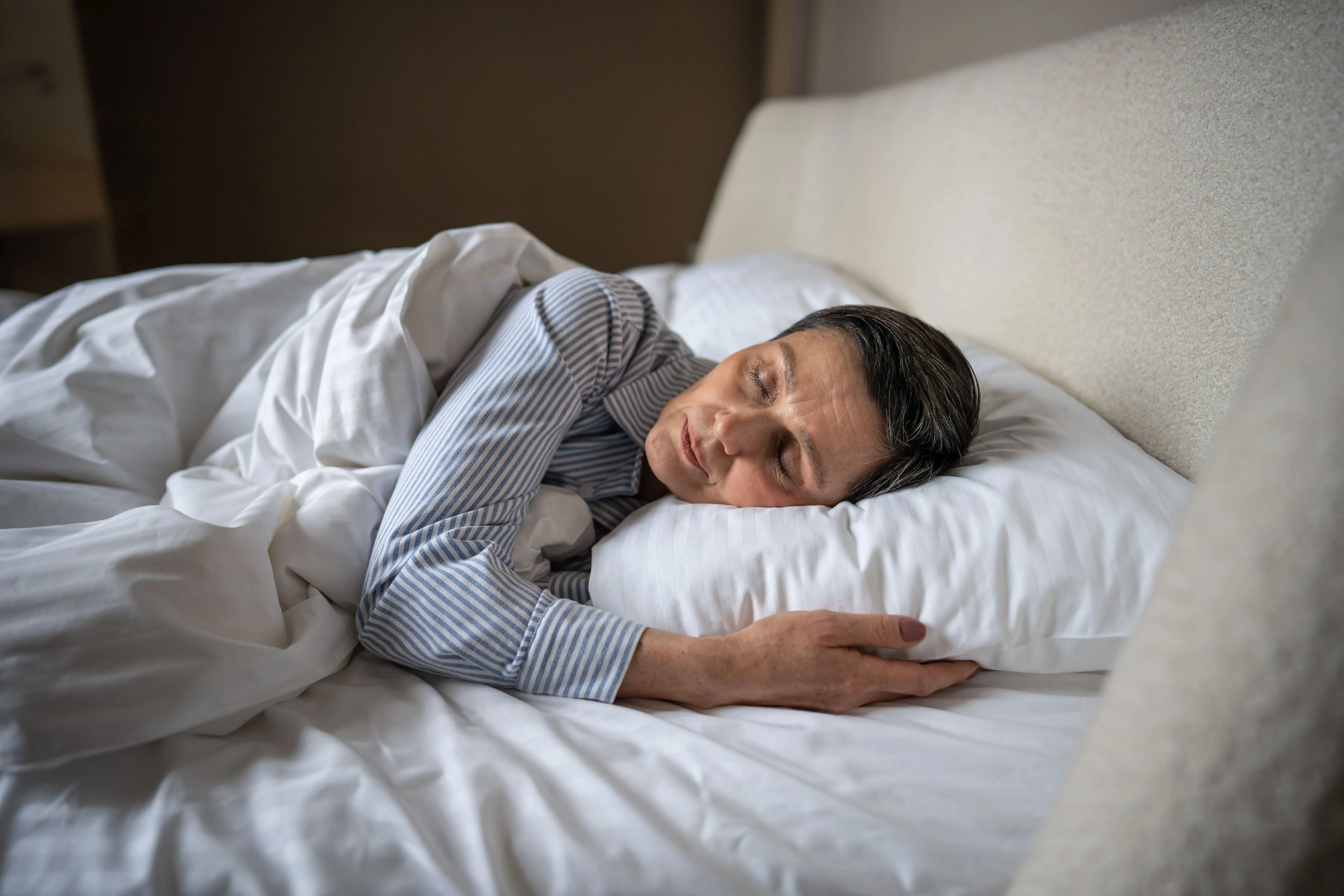

.svg)




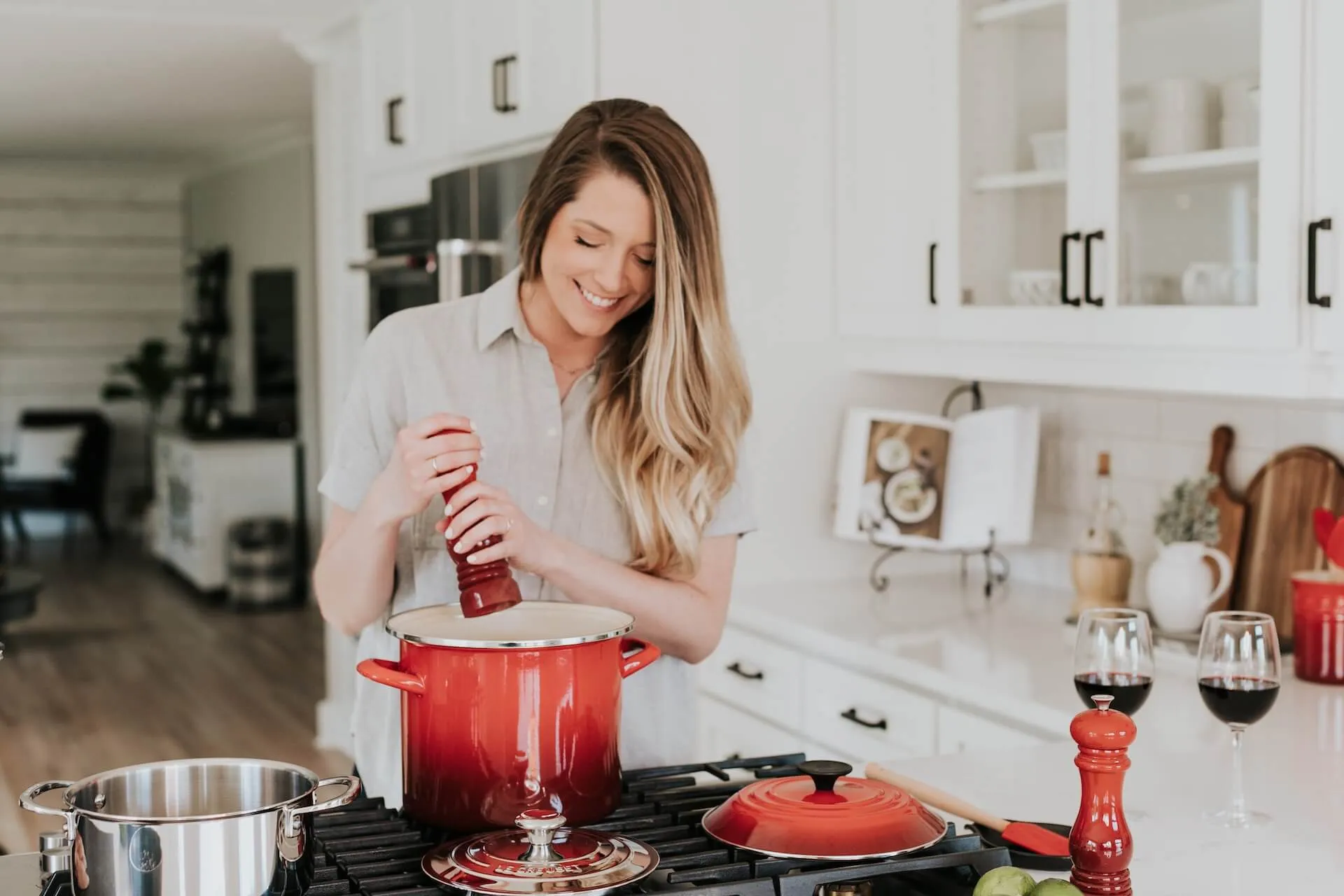
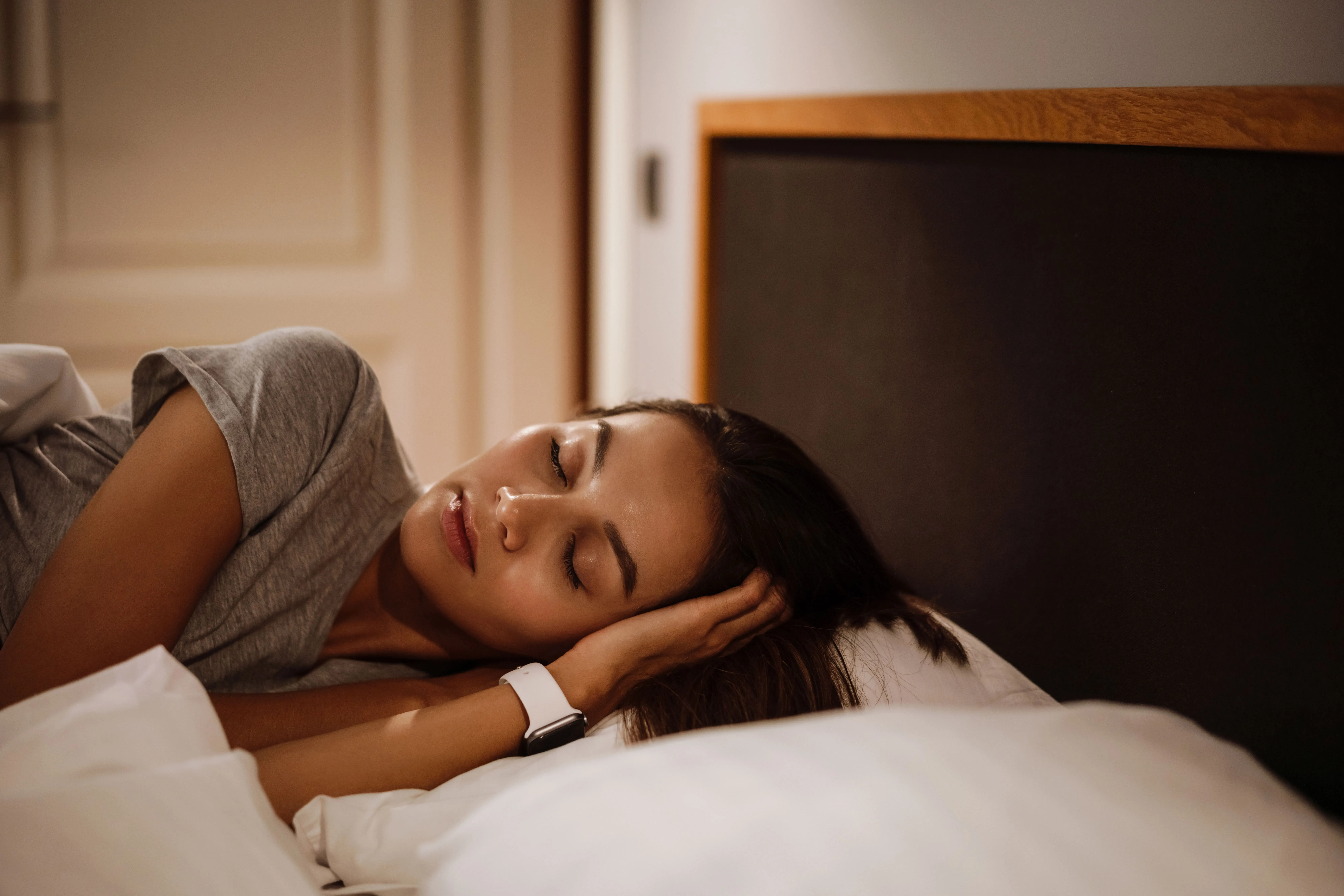

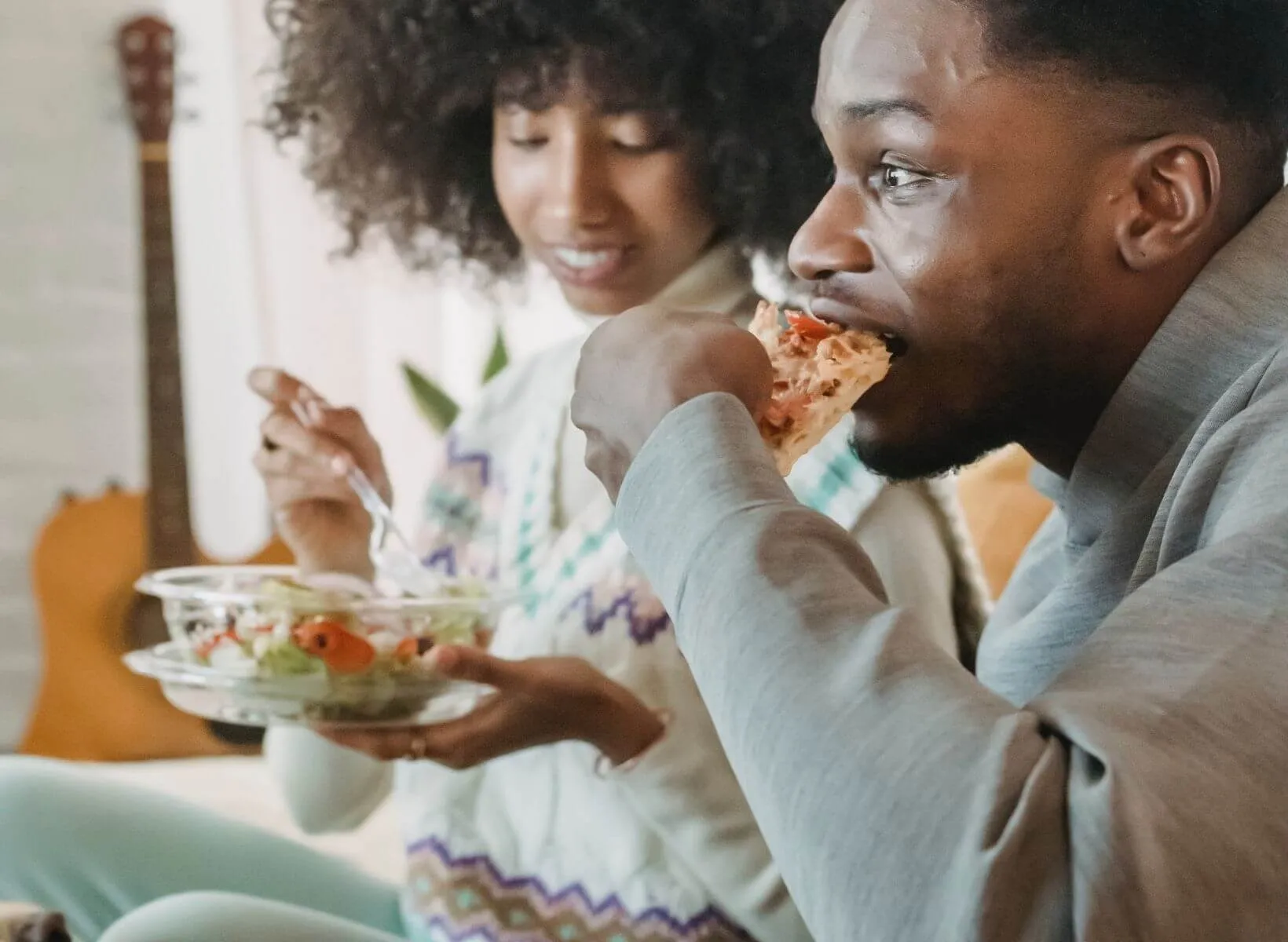

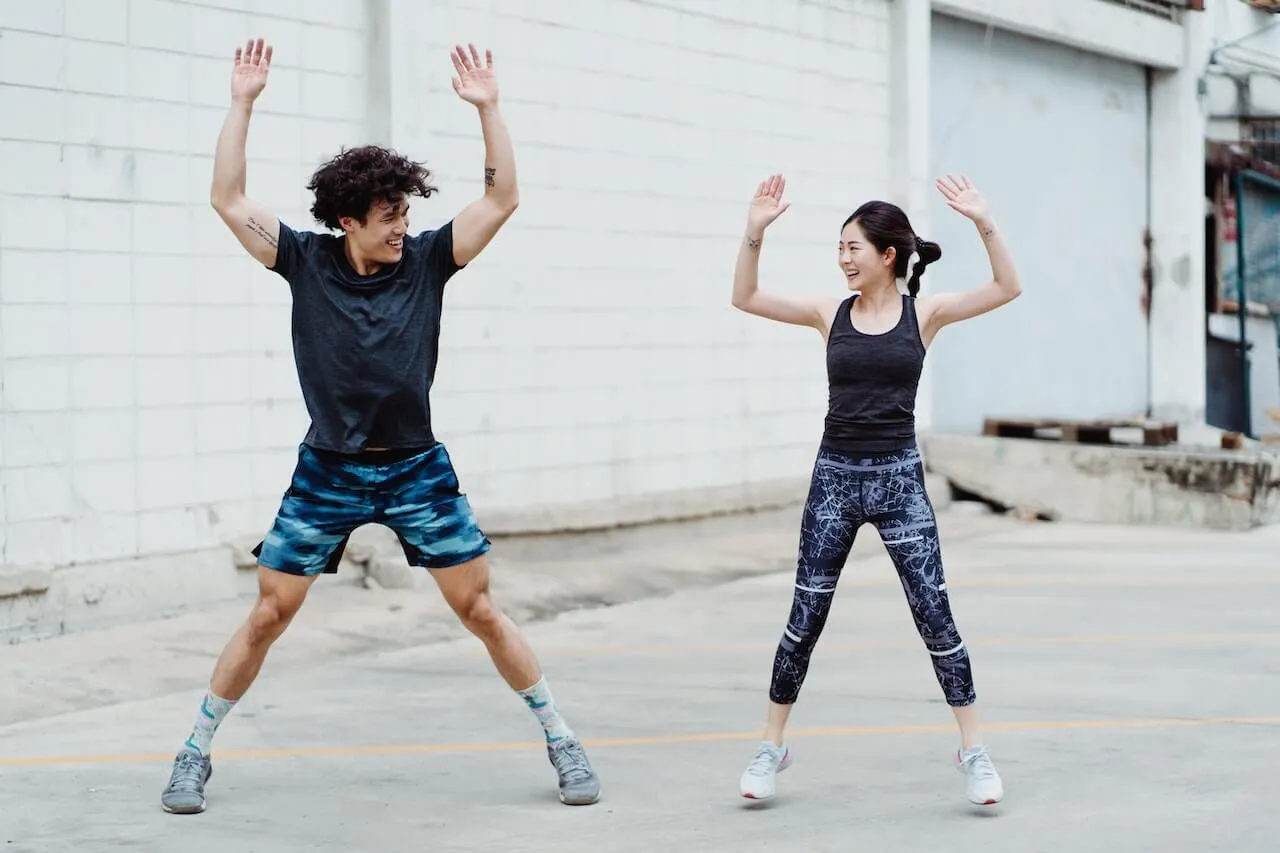
.svg)
.svg)
.svg)
.svg)
.svg)
.svg)
.svg)
